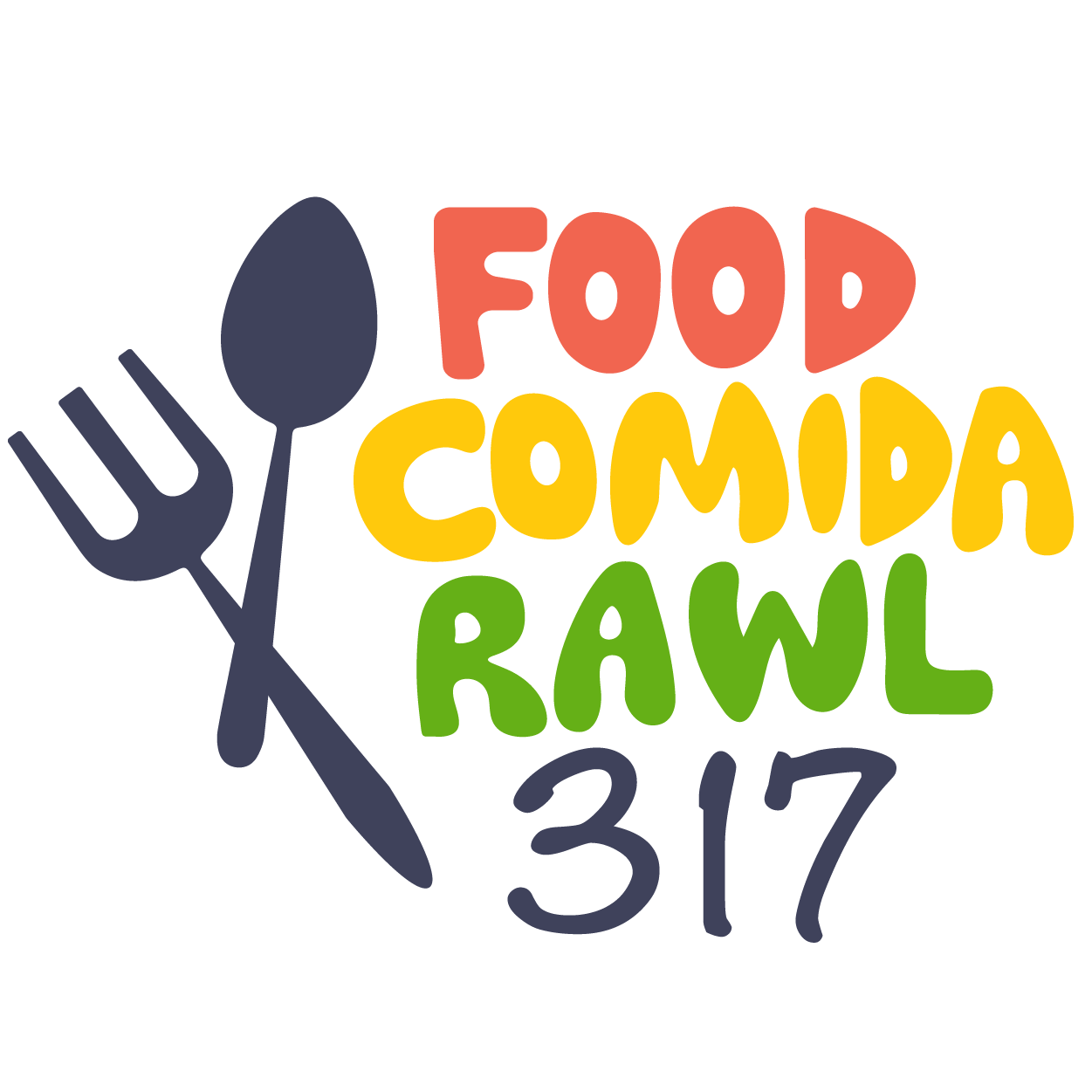
DATA
Findings
Indianapolis and Marion County residents envisioned an improved food system that often involved supporting households through increasing access to healthy food options and cooking knowledge, demonstrating household food planning, relieving food system challenges (e.g., lowering the cost of food, increasing household incomes, expanding access to government assistance programs).
At the same time, Indianapolis and Marion County food system practitioners found that an improved food system can also be achieved through creating inclusive retail markets, promoting collaboration in the food system, improving communication among food system stakeholders, developing connections to resources, and improving food system policies and regulations.
Consumer Survey
A consumer survey has been live on the FCR317 website since December 2020 and will be open until a representative sample is reached. This consumer survey is gathering experiences of the Indianapolis food system regarding grocery shopping, eating out/in, preparing food at home, healthy eating, and household access to food.
It will provide a better understanding of the challenges experienced by eaters in Indianapolis and their hopes for improving the Indianapolis food system. The survey is available in English, Spanish, and Hakha Chin.
So far, we have heard from 524 households and have good representation from people who identify as White or Asian, age 25-65, female, with an annual household income above $65,000 and a bachelor’s or other advanced educational degrees. We have also heard from households in every city-county district, though some are much more represented than others.
We still need more representation from the following people (updated August 2021):
AGE: under 25, over 66
SEX/GENDER: males, non-binary
RACE/ETHNICITY: Black or African American, Hispanic
HOUSEHOLD INCOME: $25,000-65,000
EDUCATION: Less than a bachelor’s degree
LOCATION: Districts 14 & 22 (46219, 46221, 46222, 46226, 46229, 46231, 46235, 46241)
Round 2 focus groups included discussion of the most common food system issues and associated solutions and strategies to developing the Indianapolis food system.
FOOD STORE SURVEY
A survey of 838 food stores in Indianapolis, authorized as SNAP retailers, is being conducted in 2021. This survey collects information on food availability, quality and prices. Survey results will be visualized and analyzed to better understand the food access landscape in Indianapolis and identify underserved areas.
Asset Mapping
Alongside the surveys and focus groups, we are developing a food system asset map that visualizes and enables spatial analysis of existing resources in the Indianapolis food system and identifies service gaps therein. Components of the map include: food stores, food pantries, gardens, farmers’ markets, technical assistance providers, shared-use kitchens, and food movement organizations.


